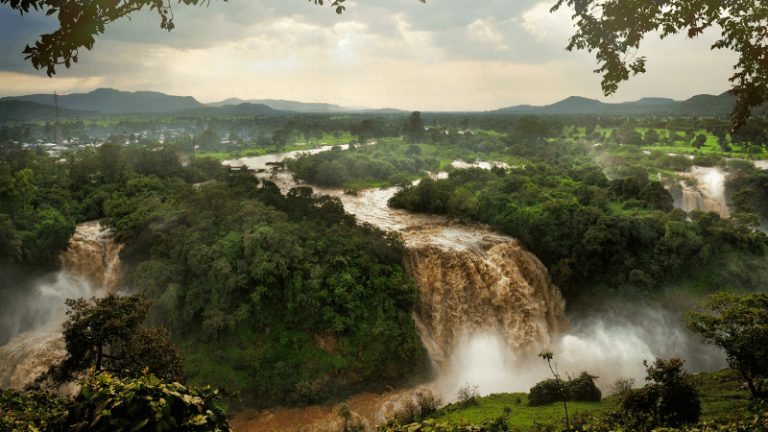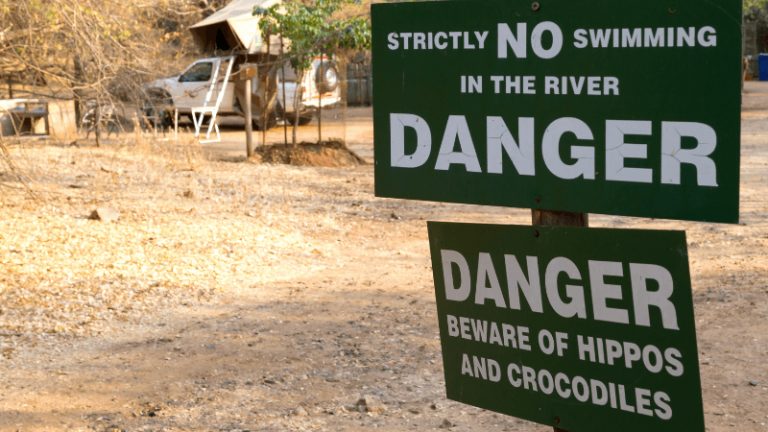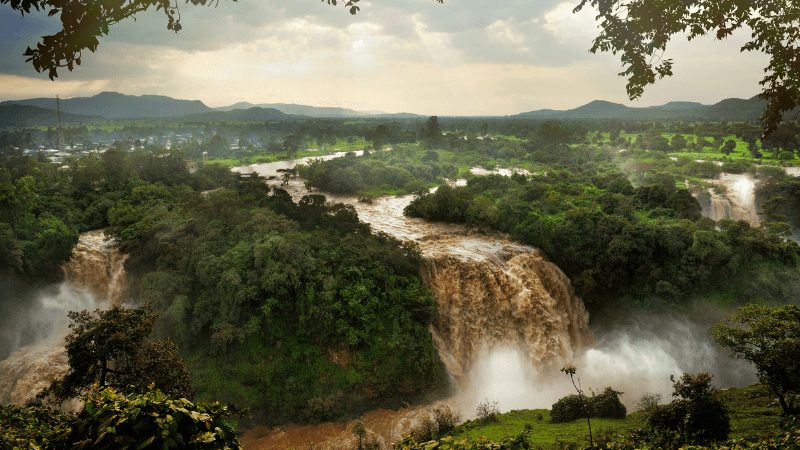
An expansive presence
The Nile is most commonly associated with Egypt, but it flows through a total of 11 countries throughout the continent of Africa. In fact, only 22% of the river’s course runs through Egypt.
There are two main tributaries that meet to form the Nile — the White Nile, which starts in South Sudan and the Blue Nile, which starts in Ethiopia. The tributaries merge in the city of Khartoum in Sudan, where the Nile continues to flow north into the Mediterranean Sea.

A source of life...
The Nile River has been an essential resource for people throughout history. Most notably, the river provided the Ancient Egyptians with fresh water, food, transportation, and fertile land for farming.
The Nile was known to flood every August, leaving behind a thick, nutrient rich soil ideal for growing crops. The Ancient Egyptians referred to the Nile as Ar, which means “black,” in reference to the dark sediment deposited by the flood waters.
If the river didn’t flood on schedule, the locals would appeal to the god of the Nile, Hapi. Hapi was depicted as a plump man with large breasts and blue or green skin wearing the false beard of the pharaoh. While Hapi’s essential role made him one of the most powerful deities of Ancient Egypt, no temple has been discovered which was specifically dedicated to him.

...for more than just humans
The fertile water of the Nile also makes it an attractive home to a variety of species. Arguably the most well-known of these animals is the Nile crocodile. While the average Nile crocodile is about 16 feet long and 500 pounds, they can reach a maximum size of 20 feet long and 1,650 pounds.
Crocodiles have a fairly indiscriminate diet and they’re opportunistic hunters, so their reputation as man-eaters isn’t entirely unearned. An estimated 200 people are killed by Nile crocodiles each year, although the number may be larger as attacks in small communities are often unreported.
However, there’s an even larger and more deadly animal that makes its home in the Nile. The hippopotamus is the world’s deadliest large land mammal, killing an estimated 500 people per year in Africa. And while they’re no longer found as far north as Egypt, this aggressive giant still takes residence in the swampy Al-Sudd region of the Nile in South Sudan.
Trivia
South Africa (Cape Town, Pretoria, and Bloemfortein, respectively)
Orinoco (Crocodile)
The Vistula River runs along what European capital city?

